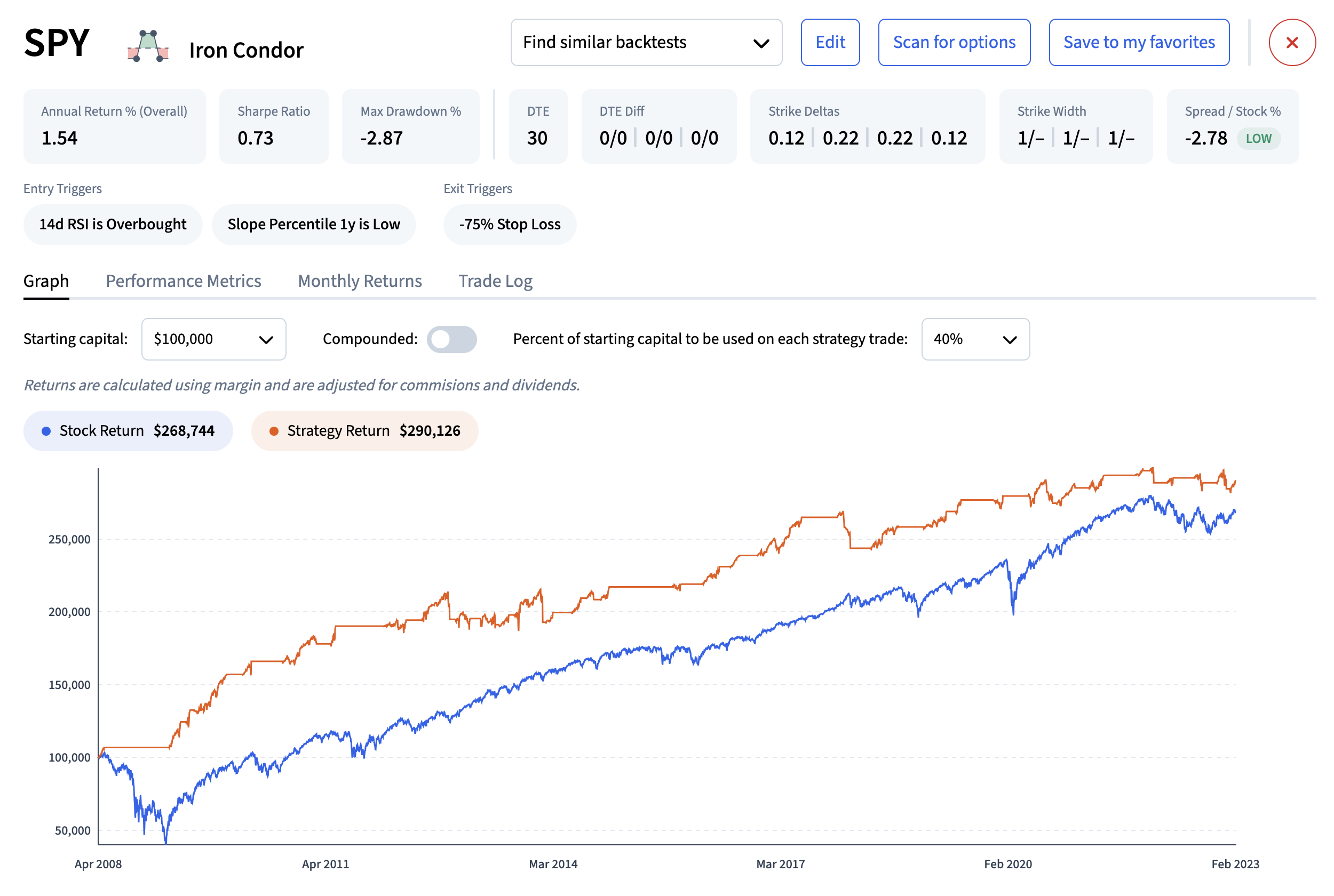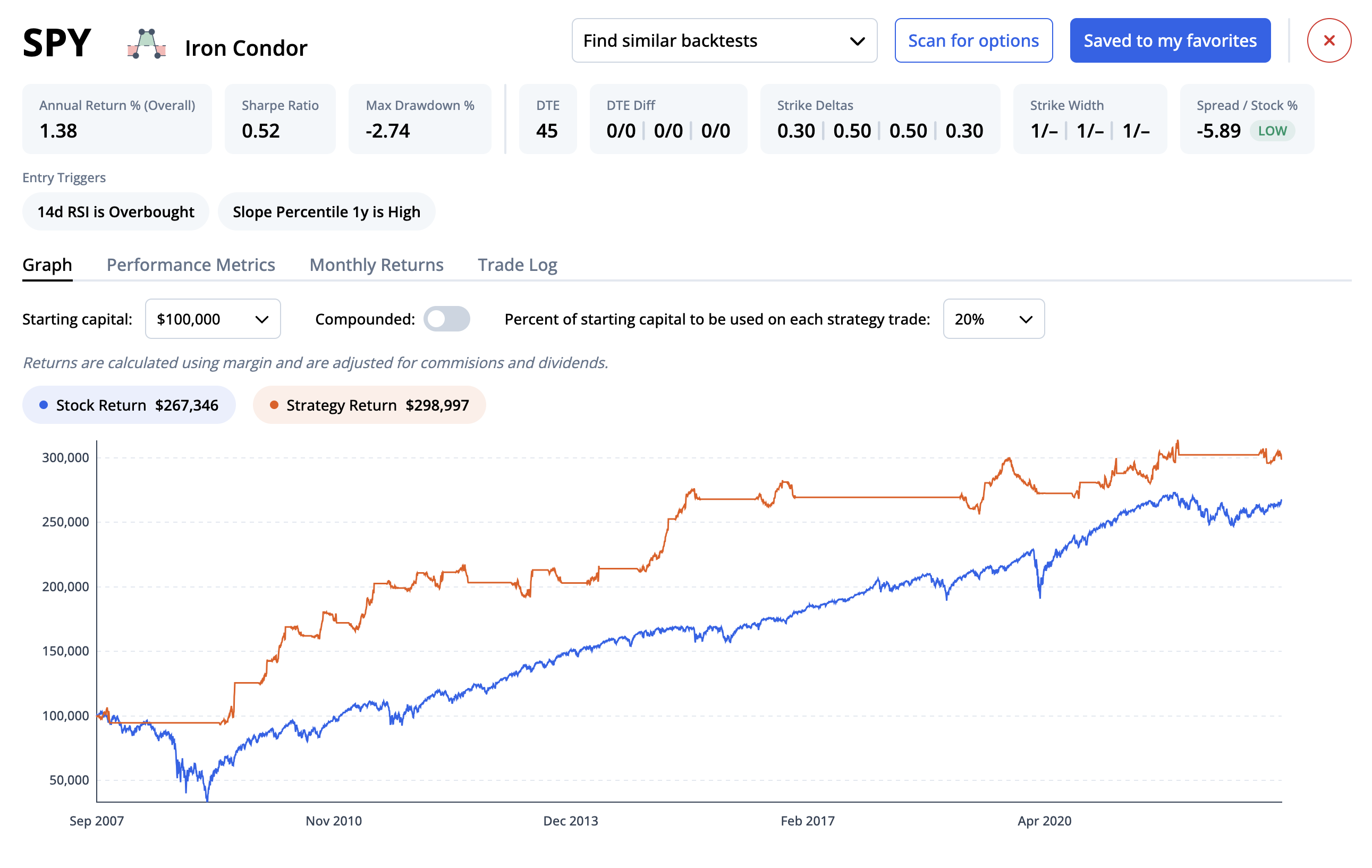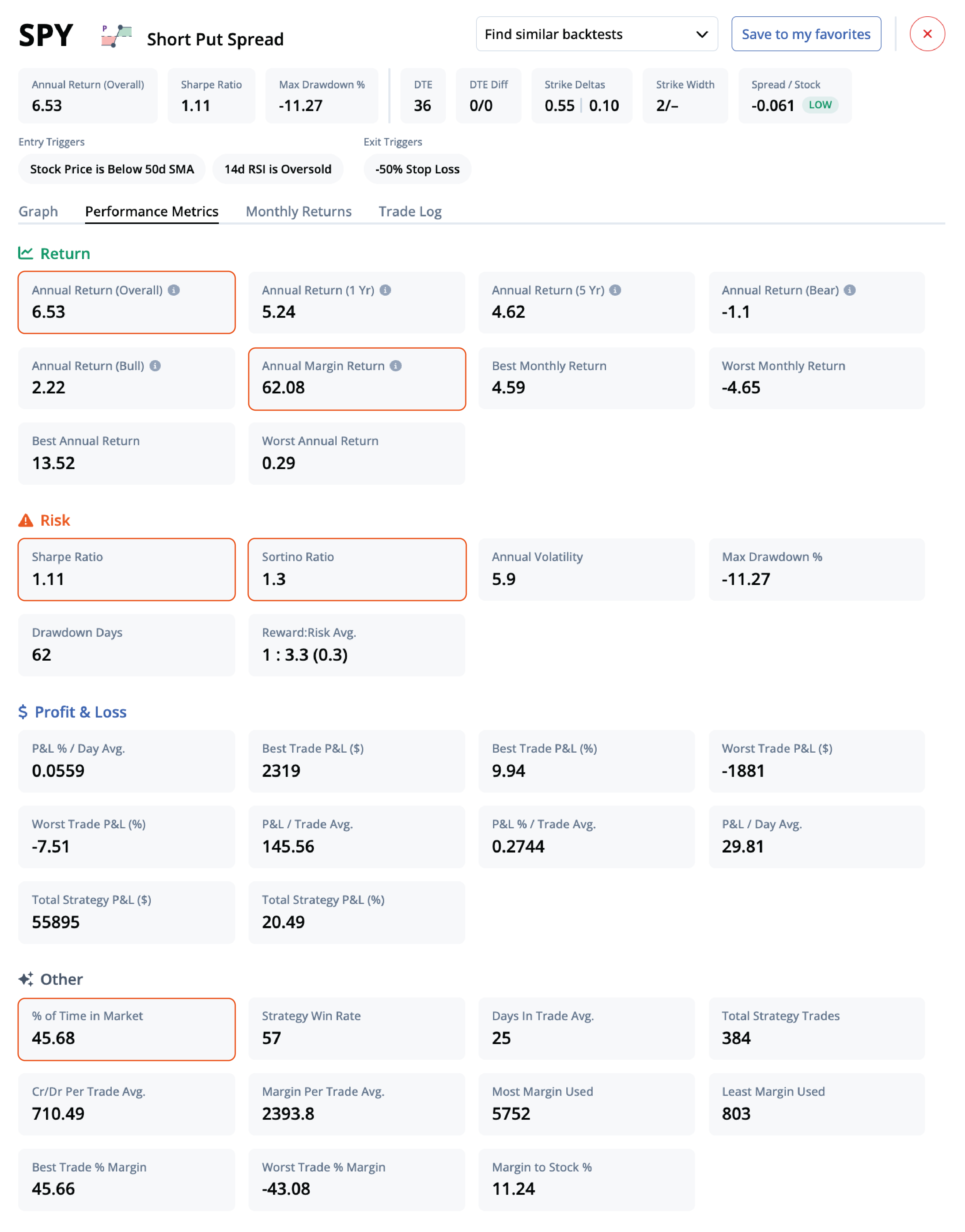Backtesting
Thursday, September 15th 2022
Matt Amberson Joins Mike Khouw To Discuss Covered Calls
Backtesting covered calls and considering earnings and early exits.
Summary
Matt Amberson discusses covered calls with Mike Khouw on Open Interest. A covered call options strategy involves selling a call at a strike price above the stock price, retaining the premium if the stock finishes below the call strike price and providing 100 shares of stock per call option sold if the stock finishes in the money. The best days to expiration is 30 days, the best delta is 10, and it is recommended to exit at expiration and avoid earnings. Backtesting is useful but has drawbacks, and the strategy is not set and forget but tactical.
Matt Amberson appeared on Open Interest with Mike Khouw and discussed covered calls.
A covered call options strategy is when you are long stock and sell a call in the same proportion. The call sold is usually at a strike price above the price of the stock,so if you had a $100 stock price you might sell a $105 or a $110 call.
If the stock price finishes under the call strike price, the call is out of the money and the seller retains the premium. If the stock finishes in the money, the call is exercised by the holder and the seller is obliged to provide 100 shares of stock per call option sold.The two important considerations once you have decided on the strategy are -1) which expiration to use2) which strike to useThere are multiple ways to determine these decisions for example the investor might look at the price of the calls and calculate the yield to maturity selling calls that give a reasonable return. The investor could also look at payoff pictures and do Monte Carlo simulations.At ORATS, we have developed a backtester for our clients to study these decisions. The investor can backtest selling options and simulate what profit would have been observed.
Here is the backtest performed that is an update to the covered call backtest performed May 2020: We backtest a sample set of S&P500 stocks and a variety of expirations and strike prices to find the best performing strategies back to 2007.Symbols: MSFT, AAPL, AMZN, PFE, JNJ, T, GOOG, BRK_B, JPM, V, PG, UNH, INTC, VZ, HD, MA (making up 30% of the S&P500)Days to expiration: 10, 15, 20, 30, 45, 60, 90, 120, 180, 240Deltas: 5 to 50 by 5 deltasTotal: 6400 testsWhy we chose delta instead of percent of stock price. You can think of delta as the chance of a strike ending up in the money. 10% OTM means something very different for JPM vs TSLA. Delta allows us to normalize the study. Using delta allows comparison between a volatile stock and a non volatile one.Further permutations of the study: When do you exit and should you hold through earnings?Results-
The best days to expiration is 30 days.
The best delta is 10.Exit at expiration. We tested 75% profit exit and exit at expiration. Interestingly, the tests want to squeeze out every last penny and not exit early.Avoid earnings: Earnings risk reward is not there for these covered calls. There is little protection and a great possibility of going against the position.Here are some backtest examples:Example 1 - Microsoft (MSFT)

The graph of the purple line is the covered call and the orange is the stock.
If you invested $100k in 2007 you'd have $400k today. The rule of 72 doubles every 3.7 years so this seems reasonable.
The average annual return on the stock alone is 19.6 with a Sharpe of .87
The Sharpe uses return over volatility as the denominator.
The average annual return on the covered call is 19.3 with a Sharpe of .89
Little benefit from the covered call.
The higher Sharpe is from slightly lower volatility.
Example 2 -Mastercard (MA)
Long Stock Statistics
Average Annual Return: 28.5% Sharpe Ratio: 1.04
Covered Call Statistics
Average Annual Return: 29.4% Sharpe Ratio: 1.10

There is a slight benefit from the covered call.
You might be wondering about selling a closer to the money call than a 10 delta.Example 3 - Ford (F) is a 30 delta covered call example.
Long Stock Statistics
Average Annual Return: 16.7% Sharpe Ratio: 0.35
Covered Call Statistics
Average Annual Return: 7.8% Sharpe Ratio: 0.22

Ford is seemingly a good covered call candidate.
However, Ford shows the risks of the strategy. Ford was up over 200% in a year starting in March 2009. Above, see the gap widen between the orange stock equity line and the purple, the covered call. With the covered call returns, you are never able to catch up from this violent move against the strategy in 2009.
The 10 delta return for the covered call was 12.2% and Sharpe of .28Let me give some final thoughts. Overall the covered call strategy compared to the long stock only strategy added only slightly to the return and Sharpe. Backtesting is great to get a feel for a strategy but there are drawbacks. First there is the risk of over fitting. Most strategies were a drag on returns and Sharpe. There is no guarantee that 10 delta will continue to be the better strategyThere are risk and rewards to the covered call strategy. Since the returns from equities are uneven and often the majority of the return is in one period, being short a call can cost dearly in these times. Therefore, the strategy is not a set and forget but a tactical one. Use the covered call strategy when you would not mind selling the stock at the expiration and strike you have chosen. Avoid times like earnings, investor conferences, and other times when the stock could have outsized moves.
Disclaimer:
The opinions and ideas presented herein are for informational and educational purposes only and should not be construed to represent trading or investment advice tailored to your investment objectives. You should not rely solely on any content herein and we strongly encourage you to discuss any trades or investments with your broker or investment adviser, prior to execution. None of the information contained herein constitutes a recommendation that any particular security, portfolio, transaction, or investment strategy is suitable for any specific person. Option trading and investing involves risk and is not suitable for all investors.
All opinions are based upon information and systems considered reliable, but we do not warrant the completeness or accuracy, and such information should not be relied upon as such. We are under no obligation to update or correct any information herein. All statements and opinions are subject to change without notice.
Past performance is not indicative of future results. We do not, will not and cannot guarantee any specific outcome or profit. All traders and investors must be aware of the real risk of loss in following any strategy or investment discussed herein.
Owners, employees, directors, shareholders, officers, agents or representatives of ORATS may have interests or positions in securities of any company profiled herein. Specifically, such individuals or entities may buy or sell positions, and may or may not follow the information provided herein. Some or all of the positions may have been acquired prior to the publication of such information, and such positions may increase or decrease at any time. Any opinions expressed and/or information are statements of judgment as of the date of publication only.
Day trading, short term trading, options trading, and futures trading are extremely risky undertakings. They generally are not appropriate for someone with limited capital, little or no trading experience, and/ or a low tolerance for risk. Never execute a trade unless you can afford to and are prepared to lose your entire investment. In addition, certain trades may result in a loss greater than your entire investment. Always perform your own due diligence and, as appropriate, make informed decisions with the help of a licensed financial professional.
Commissions, fees and other costs associated with investing or trading may vary from broker to broker. All investors and traders are advised to speak with their stock broker or investment adviser about these costs. Be aware that certain trades that may be profitable for some may not be profitable for others, after taking into account these costs. In certain markets, investors and traders may not always be able to buy or sell a position at the price discussed, and consequently not be able to take advantage of certain trades discussed herein.
Be sure to read the OCCs Characteristics and Risks of Standardized Options to learn more about options trading.
Related Posts



